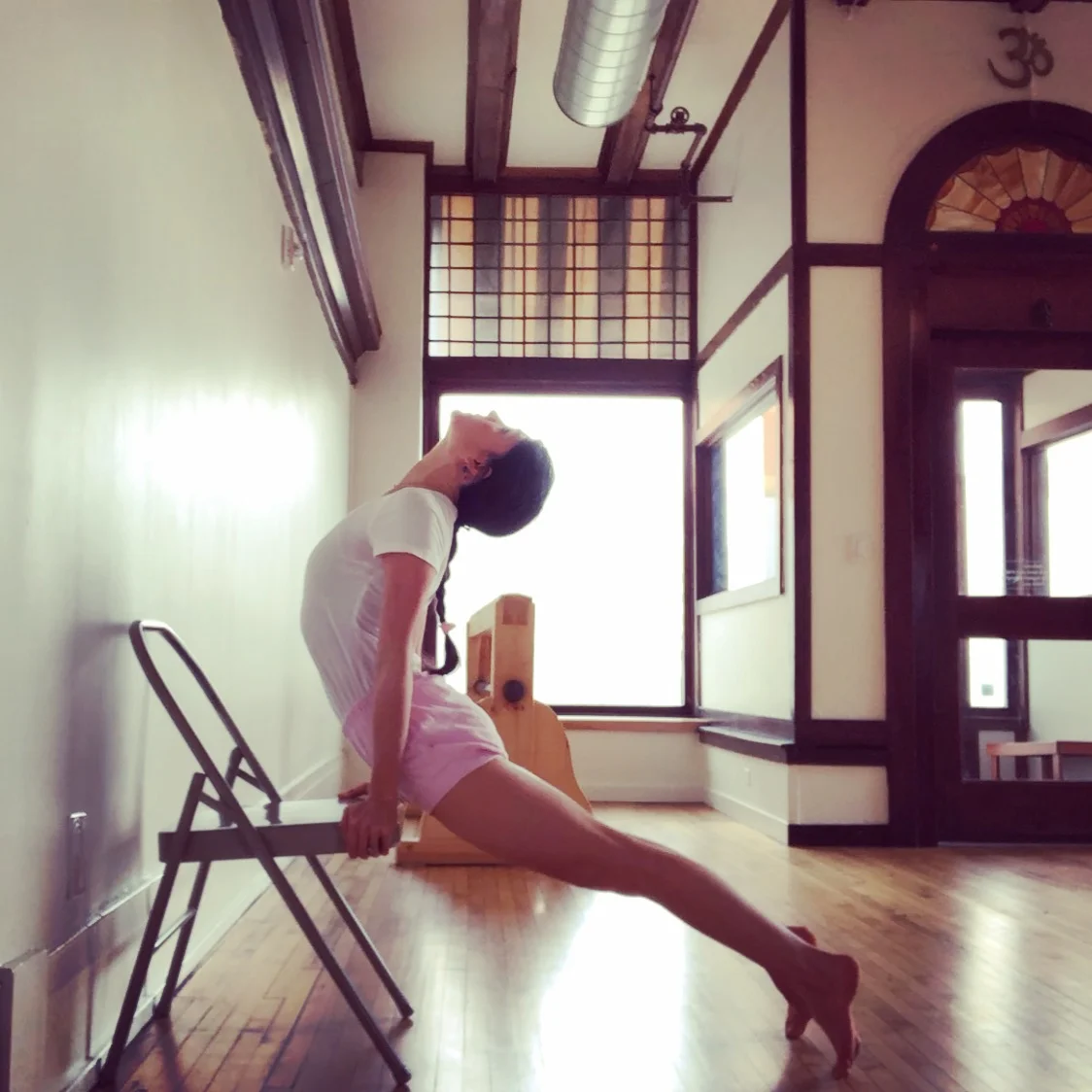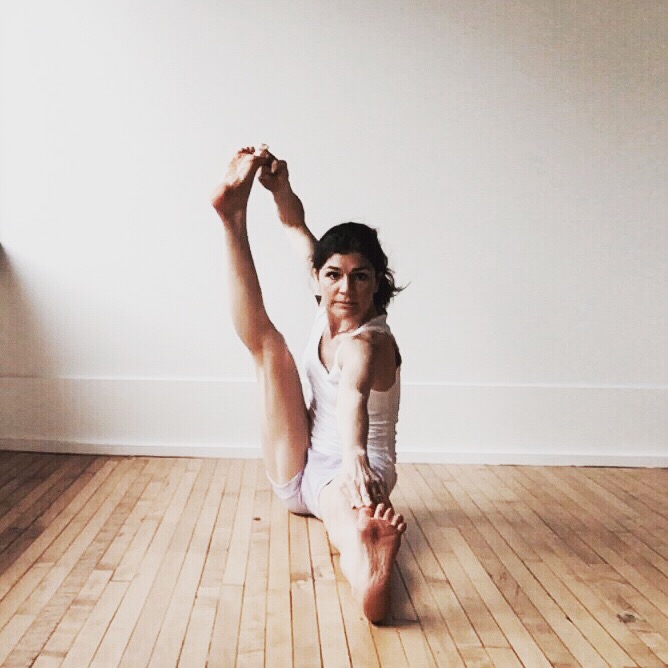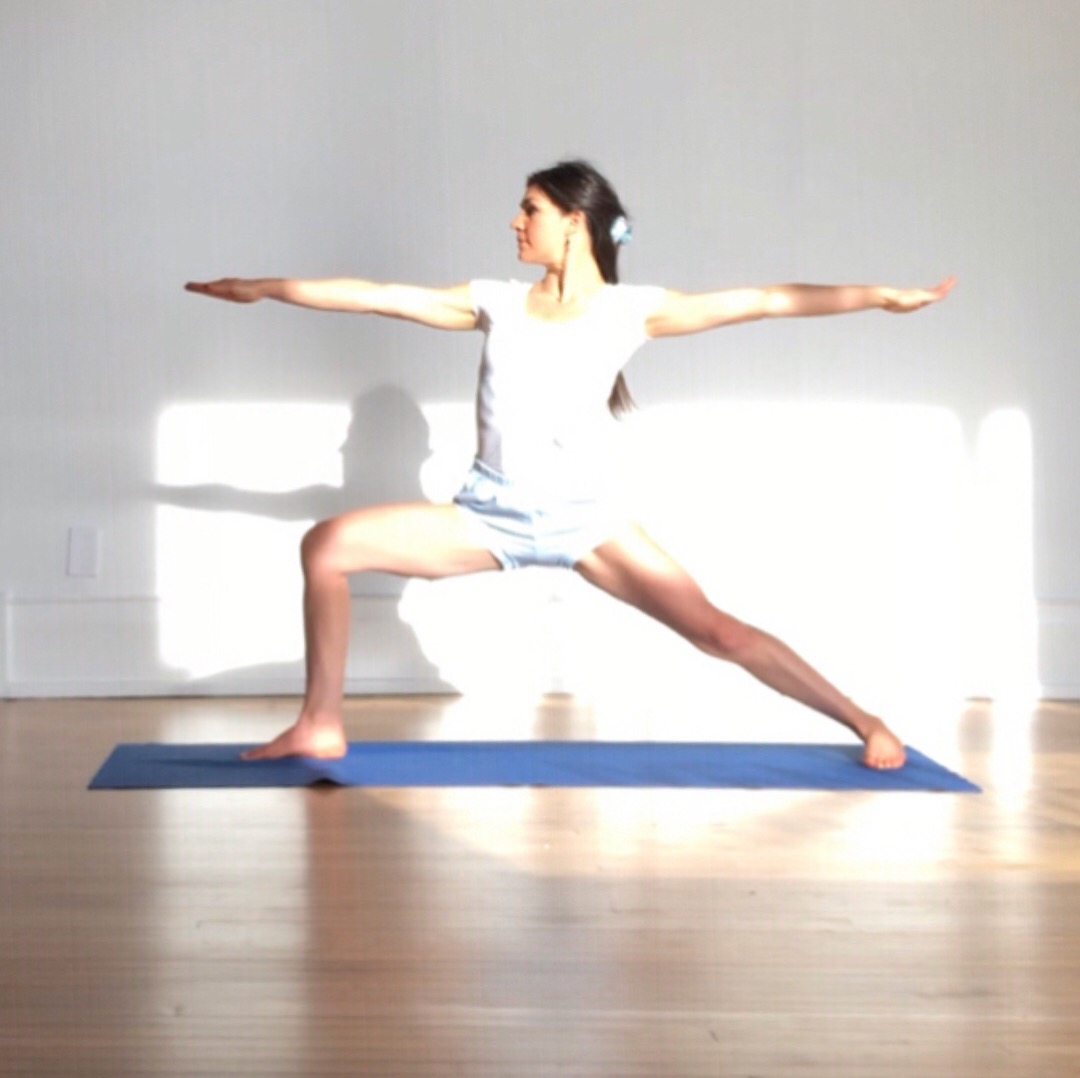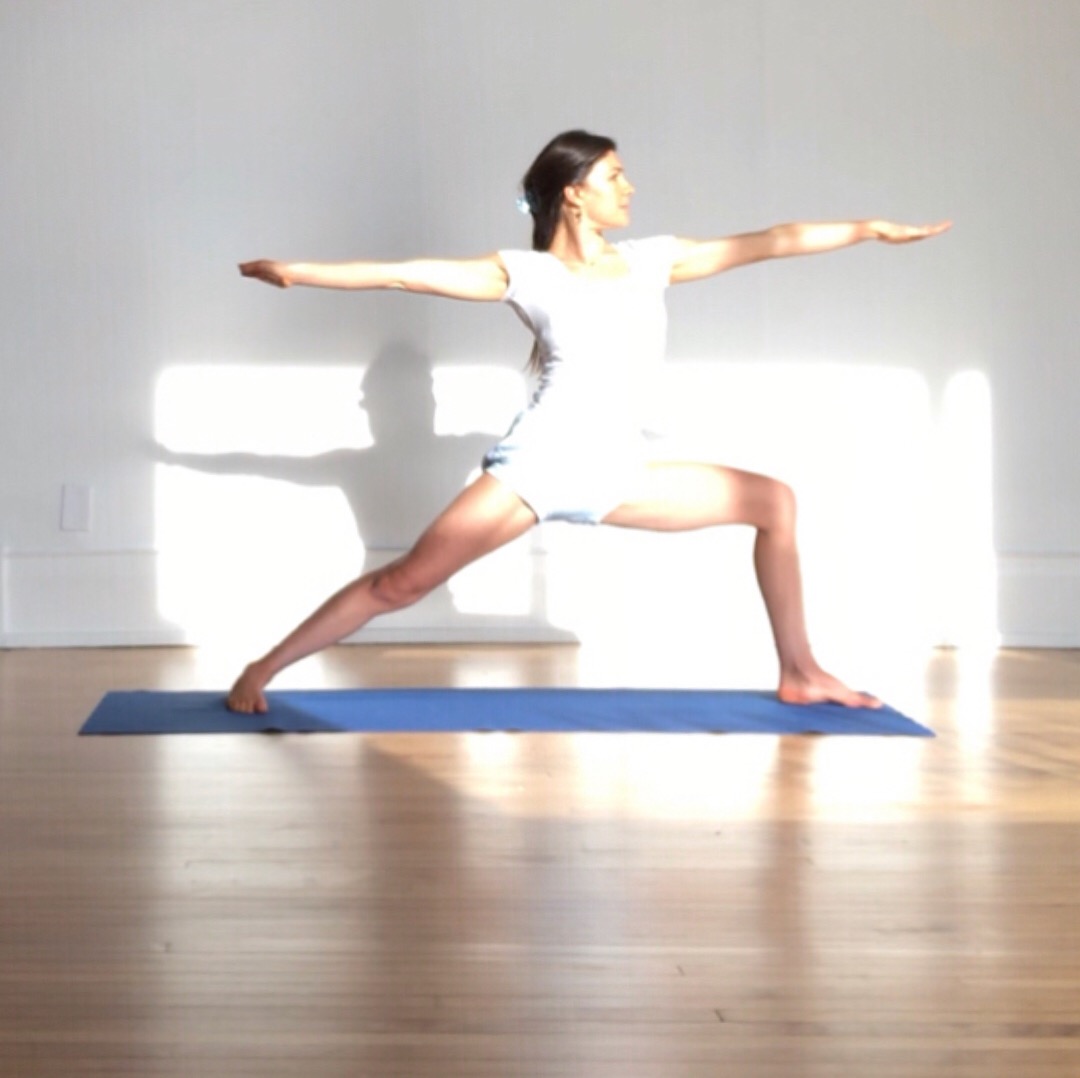“The practice of meditation frees one from all affliction. This is the path of yoga. Follow it with determination and sustained enthusiasm...”. Bhagavad Gita, śloka 6.23
In Iyengar Yoga we train the restless mind to become absorbed in the actions of the body through the practice of asana (first), then the breath (pranayama). Through developing the skill of concentration on the experience of the present, these practices prepare the student for meditative states leading toward experiences of oneness or union.
Iyengar Yoga Deep Study Saturday with Jennifer Beaumont at the Iyengar Yoga Center of Grand Rapids. January 27:
9am Pranayama
10:30am - 1pm Asana
2pm - 3:15pm Teacher Mentoring
Photo is Jennifer Beaumont practicing Ūrdhva Mukha Śvānāsana with the support of a chair









